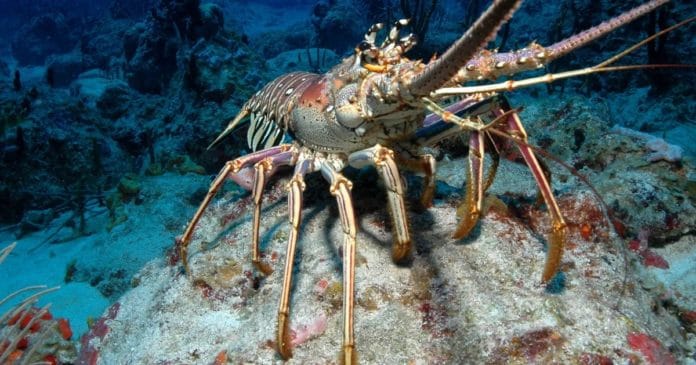Sperm limitation is a concern for several heavily fished decapods; however, work to assess this concern is sometimes hampered by a lack of simple techniques to quantify sperm transferred during reproduction.
Through a new study, scientists aimed to determine if DNA measurements could be used to quantify the sperm content of spermatophores and thus facilitate investigations of sperm limitation in American lobsters.
Scientists at the University of New Hampshire have come up with a new quicker and less expensive DNA based method to count sperm in lobsters. Through this way, scientists can look at any animal better understand mating, an essential aspect of species survival.
Scientists highlighted how they were looking to understand better how climate change may alter lobster reproduction by influencing the amount of sperm a male lobster could produce. The challenging task was to count the number of sperm contained in the lobster’s spermatophore—the package of sperm a male lobster transfer to females during mating.
Each spermatophore contains about two million sperm cells, so counting them under a microscope is too time-consuming, especially when processing numerous samples. The new DNA method they developed allowed them to determine whether male lobsters experienced declining numbers of sperm when they mated successively, leading to sperm limitation within the population.
Win Watson, professor emeritus of marine biology, said, “Imagine if it took a week to produce a complete lobster spermatophore. That would mean that male lobsters might only be able to mate once a week. That, in turn, might mean that some female lobsters that might be ready to mate, would not get the chance. Females only mate after they molt, which they do only once per year, and they all tend to do it around the same time. So, the limited availability of male sperm could significantly impact the population.”
Ben Gutzler, a recent Ph.D. graduate from UNH in Marine Biology and lead author, said, “Beforehand if we wanted to look at questions of reproductive output in lobsters, it took labor-intensive methods and an incredible amount of time. This new DNA method will hopefully make it possible for a broader group of scientists to ask more relevant questions about more animals.”
Though, scientists did not found any evidence of sperm limitation among male lobsters. But, they uncovered inconsistent sperm production among the individual lobsters studied.
They found that lobsters with severe shell disease, which is very common in southern New England, packaged fewer sperm cells in each spermatophore. This could have implications for population sustainability and prompt further study.
Journal Reference:
- Benjamin C Gutzler et al., A novel method of quantifying sperm to determine the potential for sperm depletion in male American lobsters Homarus americanus. Journal of Crustacean Biology (2020). DOI: 10.1093/jcbiol/ruaa030
